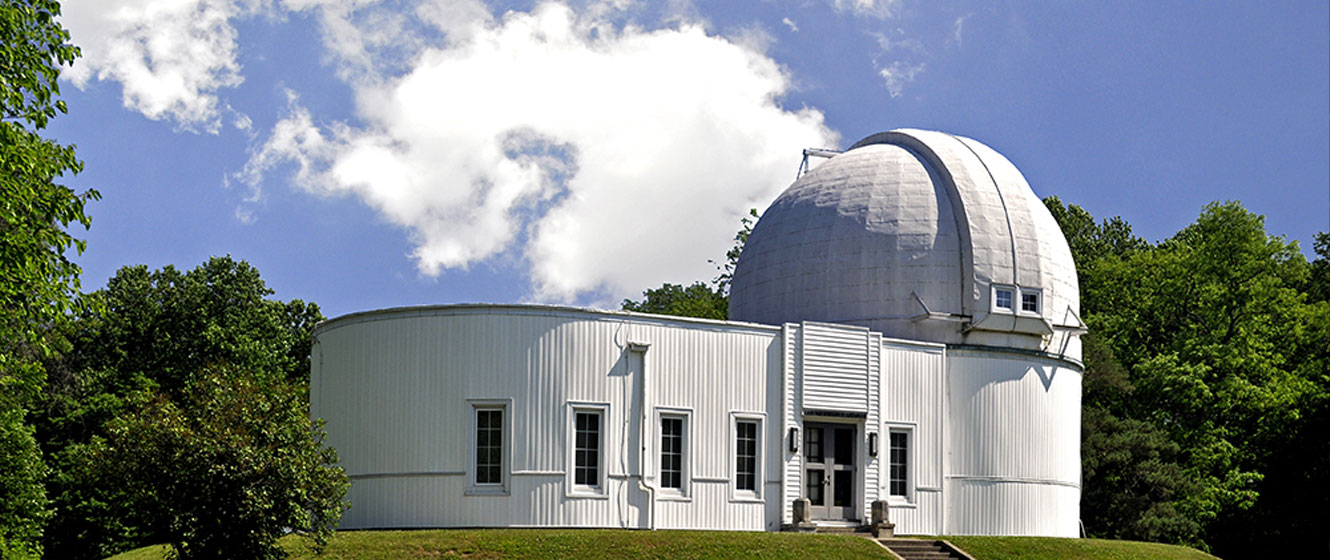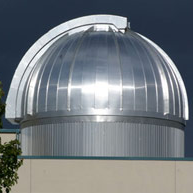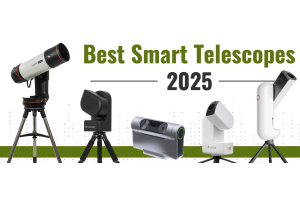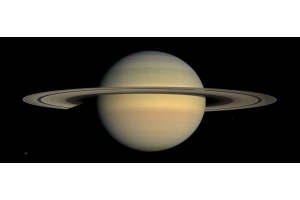Observatories & Planetariums
Observatories and planetariums are two major organizations situated in the context of astronomy and applying scientific research and education functions. They are unique and conspicuous events that possess attributes and have a function that is of immense importance in comprehending and investigating the world. Observatories are fixed-ground establishments with telescopes and other associated apparatus for receiving signals and events in the universe. Most are science-based and seek information.
Importance of Observatories in Astronomy
1. Research and Discovery: Observatories are not insignificant today in astronomy's growth as an academic discipline. Astronomers also help with other objects in the universe, classifying stars and galaxies and elaborating on events in the universe, such as black holes, among other duties.
2. Data Collection: Observatories collect colossal amounts of data, which help to validate theories and models in astrophysics, cosmology, and planetary science.
3. Technological Advancement: Observatories’ creation provokes innovations; building more powerful telescopes and instruments entails some innovations in engineering and materials.
Planetariums are special centers that present the night sky and celestial phenomena with the help of an initial reflective dome and a highly technical projector. Their main objective is to popularize astronomy and space science among citizens.
Importance of Planetariums in Astronomy
1. Public Education: Education is an important function, and planetariums are central to presenting simple yet clear information on astronomy to the population.
2. Inspiring Interest: Planetariums influence members of the populace to embrace astronomy and space science through fun and edutaining experiences that may produce future astronauts and astronomers.
3. Cultural Impact: Shows programmed for these planetariums encompass art, culture, and science, which makes the planetariums appealing to many people and thus transforms society.
What should one expect or be prepared to see or watch in a planetarium show?
Another common feature is the presentation of the night sky with constellations planned and other features of interest. It may also highlight segments on the various solar systems, space travel, and any new creations in astronomy. Today's planetariums are closer to tourist attractions, with sophisticated shows that include space flights and other spectacular astronomical events.
What could be the reasons for locating some observatories in remote places or hills?
Observatories are always situated in rural areas or on elevations to avert many forms of interference, including artificial lighting. These sites offer enhanced and constant lighting of the night sky, which is essential in astronomical studies.
Observatories and planetariums can be considered as the same since they offer services in the astronomical field. Observatories are research centers linked to astronomy and play essential roles as research facilities and information centers for astronomers. Planetariums are, in a way, more of an educational institution, an establishment geared towards educating people, especially Astronomy. Therefore, these institutions assist in giving knowledge about the universe or waking people up to the world's marvels, including space.

There are many observatories in Indiana where telescope users and astronomy lovers can enjoy an eyeful view of the heavens and their wonders. They are important centers where aspiring as well as practicing astronomers get to engage in better understanding of the universe. Some notable facility is:
CHARLES S. MORRIS OBSERVATORY - located in North Manchester, Indiana and has a 14-foot motorized dome that holds a 10” Newtonian reflecting telescope.
HOLCOMB OBSERVATORY - located in Indianapolis, Indiana, and is operated by Butler University. The observatory company allows for visitor touring with standard going round and company going round. New opportunities for the observatory and planetarium are presented here, including special events.
KIRKWOOD OBSERVATORY - provides similar outreach activities with its 12-inch refractor telescope and is located in Bloomington, Indiana.
While Kirkwood is open to anyone, it is a childhood dream for many, and the observatory opens every Wednesday between Spring after Break and before Thanksgiving, provided that the weather conditions allow. One can learn more by checking up on their time table before setting foot into the observatory.

Massachusetts has several major observatories that can support both actual professional astronomical investigations and popularization of the subject among the common populace and students, as well as major contributions and intricate roles in the advance of knowledge regarding the universe and public education.
HARVARD COLLEGE OBSERVATORY - Harvard-Smithsonian Center for Astrophysics, located in Cambridge. House of the 15-inch telescope known as “The Great Refractor”. This center conducts a wide range of research, from studying the early universe to investigating the nature of black holes.
Most of the programs produced by the Harvard-Smithonian Center for Astrophysics Public Programs are available for the public to watch without cost. One of these is Observatory Nights, which is organized six times per academic year and held on the third Thursday of each month.It is prohibited to host private parties or gatherings at the observatory.
HOPKINS OBSERVATORY - the rooftop observatory houses an otomechanics model 10 spectrograph with a 120 x 2048 pixel CCD camera and a 6-inch apochromatic Meade refractor for visual observing and planetary imaging.
Hopkins Observatory remains relevant today as a representation of the college’s tradition within the education system of providing education in astronomy and spreading knowledge in society. Furthermore, the historical perspective of society still holds importance in present times, and general information regarding astronomy is passed down and promoted by new generations of learners and astronomers.

Such observatories and dark sky areas in Idaho are critical in astronomical observation, research, and education. Due to the state’s fairly limited levels of light pollution, the area is perfect for astronomy lovers to begin their exploration of the constellations.
CENTENNIAL OBSERVATORY - it has a 24” Ritchey-Chretien reflector on a computer-driven fork mount, a JMI NGT-18 18" f/4.5 Newtonian, Coronado 60 mm SolarMax II hydrogen-alpha solar telescope, and Meade 8" LX10 Schmidt-Cassegrain. The main telescope in the Centennial Observatory is the Norman Herrett telescope
No free Monthly Star Parties are associated with no entrance charges. Others include summer solar sessions and Wednesdays between Memorial Day and Labor Day if the weather is fine. These run from 1:It opens at 3:30 PM, closes at 3:30 PM, and has free admission. It also conducts Telescope events known as telescope Tuesdays on the second and the fourth Tuesday in November to February, depending on the weather. Here is a link to the reservation: It also holds private functions; the form to reserve for private functions is also found here.






